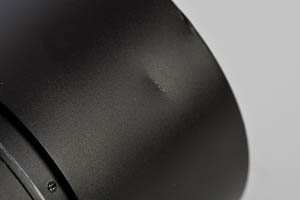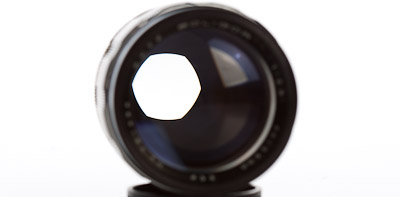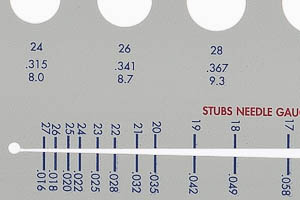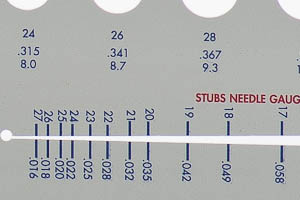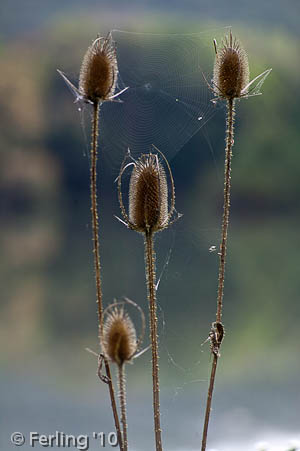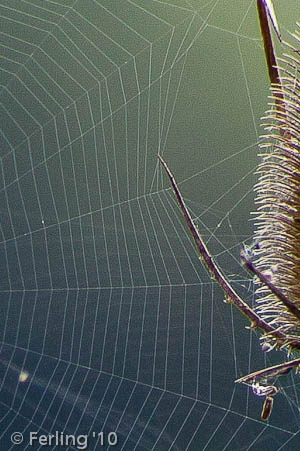
Soligor 135mm f2.8, Cheap lens, Priceless performance |
||
|---|---|---|
Specs:
I was in the market for a ‘cheap’ 135mm lens, one that I could expose to the elements and place in harms way over my more expensive and fragile pro lenses. The Soligor 135 I have here was just the ticket. |
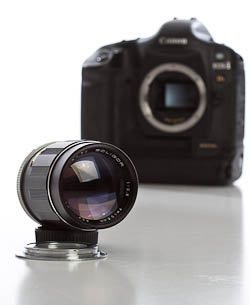 |
|
My best guess is either Ashashi (as it remarkably similiar to the Takumar 135mm f3.5), or some say Sun-Optics by way of the serial number (I haven't been able to verify that). Regardless of my research, or luck, I still have to factor in the toll that time and use, (or abuse) can do to any given lens, and in the end, the only way to know for sure was just buy it and try it. So I bid at twenty-five and won. With the exception of a small dent on the lens hood and a loose focus barrel (a common issue I've read, and an easy fix), the lens was otherwise perfect. The glass was immaculate, with no issues of haze, fungus, or out gassing, (in fact there is very little dust inside). The six-bladed aperture was also oil free and snappy. Tightening a loose screw fixed the slop in the focus barrel, and it was buttery smooth with the proper resistance for making minute adjustments. Which is a benefit consider how narrow the DOF gets on a 135 at f2.8. Despite an all metal construction, I was surprised by how light this lens is. Usually that is a sign of cheaply made optics, and fortunately such was not the case. Initial testing in the studio on a tripod using flash confirmed the lens’ sharpness, and compared nicely with my 135 f2L.
Shooting the lens outside proved to be a pleasure in both use and result. Its multi-coated optics handles flare well, as I could not see any issue when shot towards the Sun. Colors are also accurate and vivid, requiring very little post correction. However, slight CA/purple fringing was evident, which is correctable in software. Bokeh (background blur, or out of focus ares) is also nice, and very gaussian like or smooth, and does not draw attention to itself, making isolated objects more pleasurable to view. On a final note. To assume that all Soligor's of similiar construction are winners has to be taken with some caution. That is, your particular copy may or may not perform as well as mine. Many third party lens makers were not known for their strict quality controls, and time and and use (or abuse) can render a seemingly identical lens as a worthless piece of junk. However, that is the beauty of vintage lenses, being cheap enough to take the risk, and the reward of finding a true gem.
-Keep Shooting. |
||




